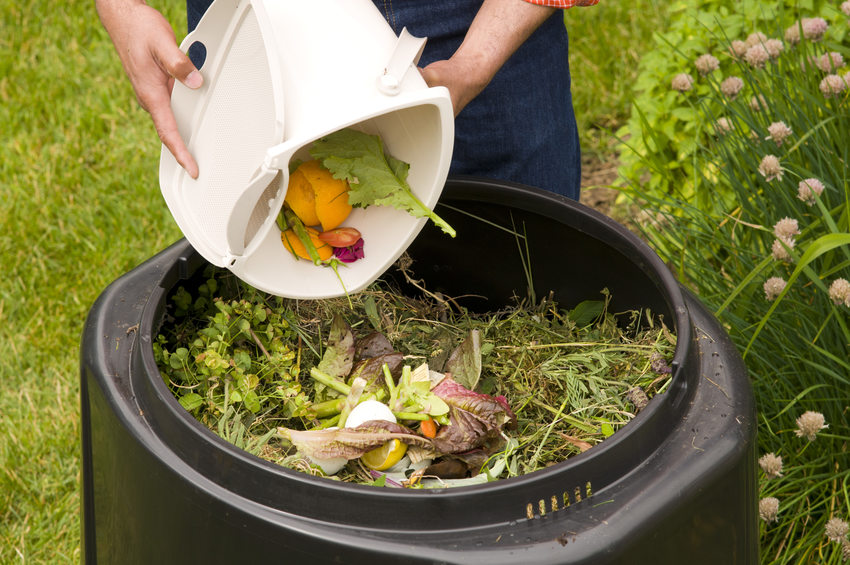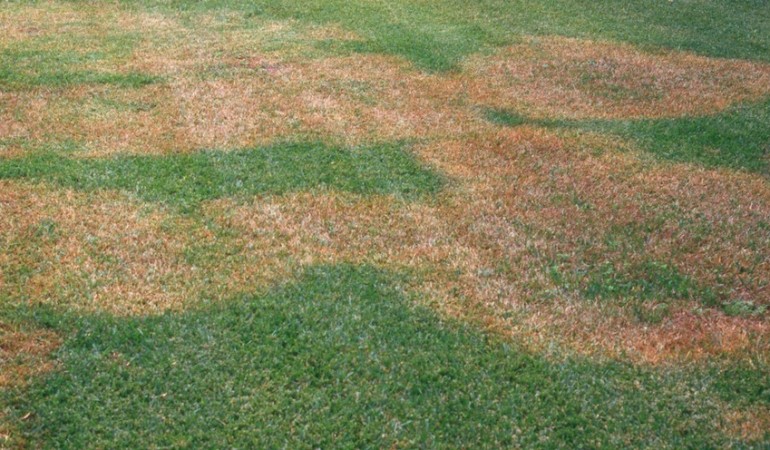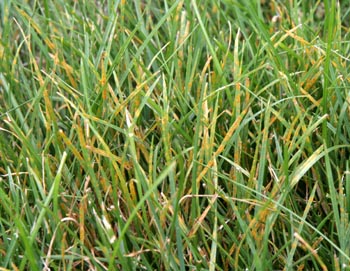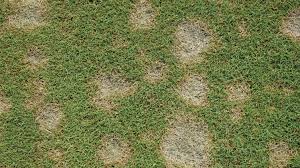Viburnum x burkwoodii, commonly known as Burkwood Viburnum, is a multi-stemmed shrub that ranges from semi to full evergreen. The Burkwood Viburnum grows from 8 to 10 feet tall and has a 6 to 7 foot spread. The Viburnum requires full sunlight to part shade and an average amount of water. Burkwood Viburnum does well in a range of different soils.
credit: statebystategardening.com
Burkwood Viburnum is prized for its activity throughout the year. In the spring, the shrub explodes into a shower of clusters of white flowers, giving way to red berries that ripen throughout the summer. Burkwood Viburnum is also known for its drought resistance and ability to attract wildlife from backyard birds to butterflies. The Burkwood Viburnum can be used for a range of uses in your yard or garden: as a hedge, screen, or even in a bed or border. Try using the Burkwood Viburnum with Magnolias, Spireas, and Weigelas to create the perfect cottage style garden!
To have the Burkwood Viburnum included in your landscape installation today, request an estimate from us today! Give us a call at (585) 381-9000 or visit tedcollinst-l.com.













